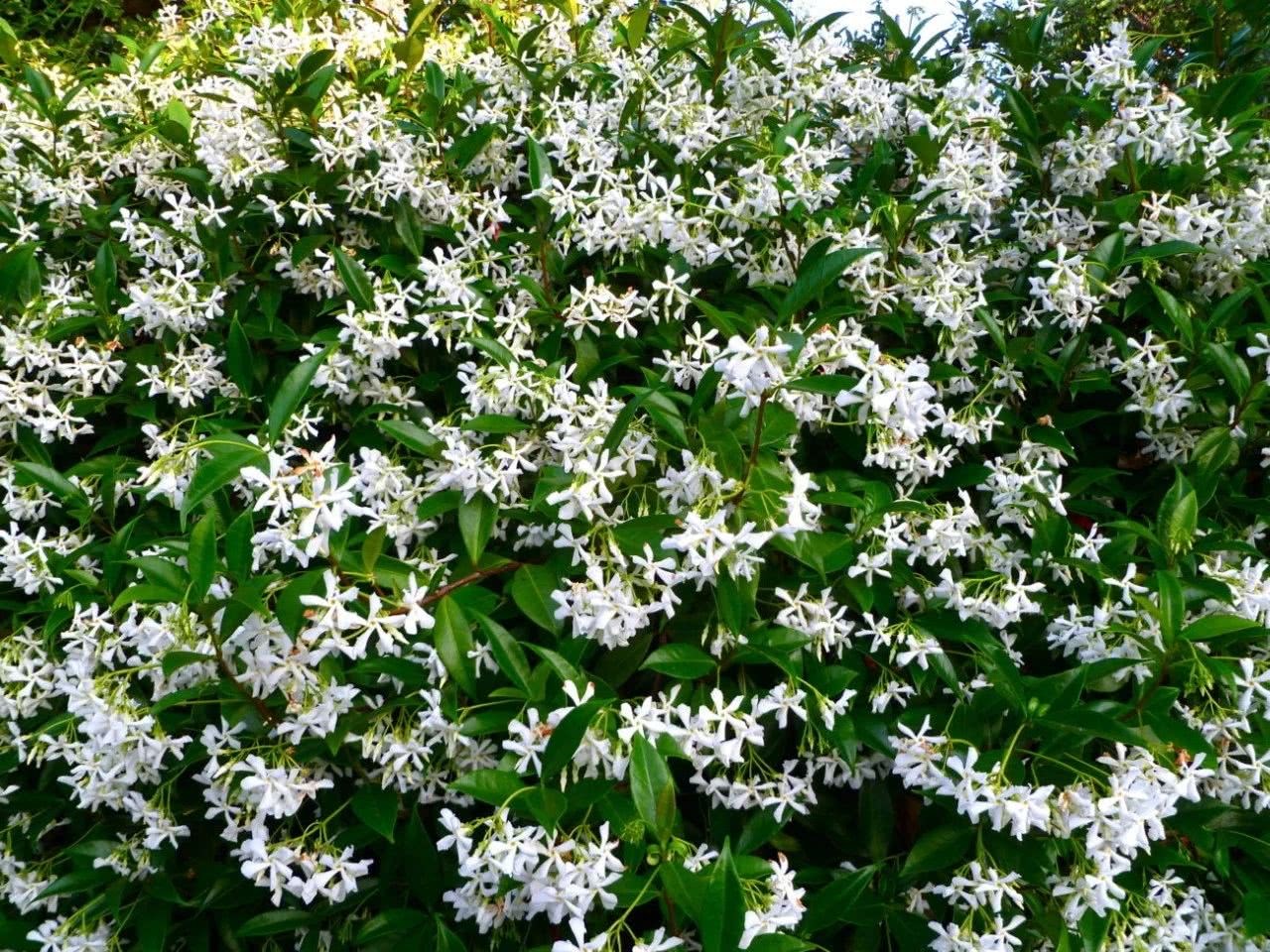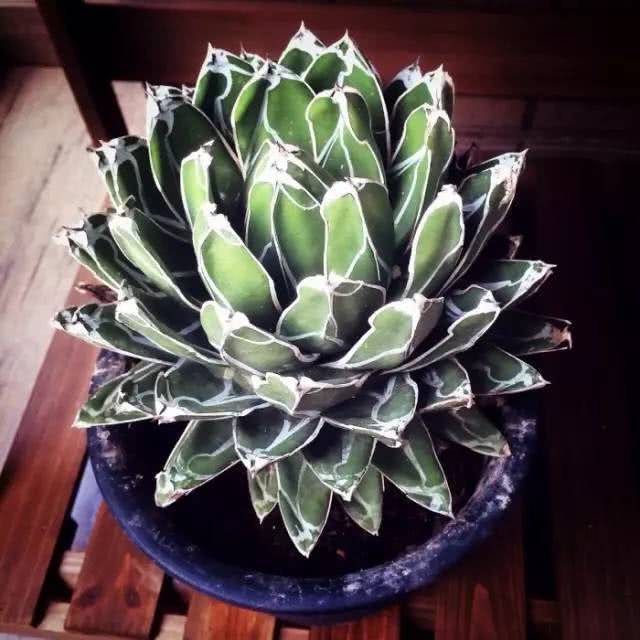If these four kinds of common potted green plants are raised in these ways, they will not be afraid of yellow leaves and rotten roots.

Potted green plants maintained at home will inevitably have all kinds of problems, the most common of which are yellowing leaves and root rot, which can cause such a situation, which is usually caused by poor indoor ventilation or excessive watering. It may also be caused by inappropriate light.
The first kind: maintenance of hanging orchid
The hanging orchids raised indoors do not have much light, and if the leaves turn yellow, it is usually caused by lack of light or excessive watering, which must be dealt with in time.
First of all, after cutting off all the yellow leaves, check whether there are rotten roots at the bottom of the gondola, and break the soil to see if the roots are black.
If there are no rotten roots, it is necessary to start to control the amount of water, the indoor orchid does not need to replenish water frequently, can wait for the soil to dry through, and can spray water regularly to maintain a certain amount of air humidity.
Maintenance of hanging orchid to avoid excessive exposure, otherwise the leaves are easy to curl, but also easy to yellow and wither, the hanging orchid can not be kept in a completely dark place, can be properly scattered light every day, or in a place with bright light, pay attention to cold protection in winter, the lowest maintenance temperature is kept above four degrees.
The second kind: asparagus
Asparagus is a kind of potted green plant that many people like. it likes to grow in a warm and humid environment all the year round. if it is properly maintained, its branches and leaves will continue to grow, even to develop climbing plants. In fact, it is very easy to turn yellow leaves, especially in an indoor environment.
If the environment is dry or overexposed or overwatered, the leaves of asparagus turn yellow easily, and serious ones will wither the whole tree.
If the leaves of asparagus turn yellow, be sure to cut off all the yellow pages in time to check whether the soil is moist for a long time. If the soil moisture is too much, you need to properly control watering.
Asparagus leaves will turn yellow, usually caused by dry air, can spray around the water humidification, and pay attention to environmental ventilation, can give appropriate scattered light, which can promote the continuous germination of new shoots, do not worry that asparagus will not grow new branches and leaves after pruning.
Another condition is caused by excessive sun exposure. Asparagus likes to grow in a semi-shady environment and can keep proper scattered light or bright light every day.
The third kind: green pineapple
Many people have green pineapple in their homes. It is a very enduring plant. Even if all the branches and leaves hang down, you only need to water it thoroughly in time, or soak it in clean water for a few minutes. It will soon return to health.
Green turnips have yellowing leaves indoors, usually due to overwatering or excessive drought.
If it is not watered for a long time, its leaves will droop and the leaves at the bottom will turn yellow. the method of treatment is very simple: cut off the yellow leaves at the bottom, water them thoroughly, and put them in a ventilated and half-shaded place.
If the leaves yellowing caused by too much watering is to control the water, check whether the follow-up is rotten, if there is a state of rotten roots, it is necessary to change the pot in time, cut off the rotten part to dry the wound, and then put it back on the pot with new soil.
The fourth kind: aloe.
Aloe vera raised indoors will have yellowing leaves, which is usually caused by too much watering. Aloe is very drought-resistant, the demand for water is very little, and the water consumption of aloe indoors is also very little, so watering should be controlled. Do not replenish water until the basin soil is dry.
Aloe leaves appear yellowing condition, to timely check whether the soil is moist, water causes aloe leaves yellowing, it is necessary to timely control water, check whether rotten roots, find rotten roots to cut off the wound in time, to put on rooting powder or carbendazim, put in a shaded and dry place to dry the wound, re-basin, it will take a few days to water.
Another situation in which aloe leaves turn yellow is excessive exposure, which is easy to deal with, just move it to a place where the sun is not so strong, and keep it for a period of time, it will soon return to health.
- Prev

It won't take long for these climbing vine species to bloom all over the wall of the yard.
If you want to cultivate some flowering plants with strong climbing ability in the yard, and at the same time do not want to take care of them often, then the following climbing rattan flowers can consider that they are particularly adaptable to the environment and easy to maintain.
- Next

I didn't expect that there are so many varieties of tequila that look great on the windowsill.
If you raise any plant to die, then might as well try to raise a tequila, do not think that they all grow in the yard, they also have a lot of varieties suitable for pot conservation, and there is no lack of small plant varieties, such as often.
Related
- Wuhan Hospital Iron Tree Blooming Result Was Instantly Frightened by the Gardener Master
- Which variety of camellia is the most fragrant and best? Which one do you like best?
- What is the small blue coat, the breeding methods and matters needing attention of the succulent plant
- Dormancy time and maintenance management of succulent plants during dormancy
- Minas succulent how to raise, Minas succulent plant pictures
- What are the varieties of winter succulent plants
- How to raise succulent plants in twelve rolls? let's take a look at some experience of breeding twelve rolls.
- Attention should be paid to water control for succulent plants during dormant period (winter and summer)
- Watering experience of twelve rolls of succulent plants
- Techniques for fertilizing succulent plants. An article will let you know how to fertilize succulent plants.

